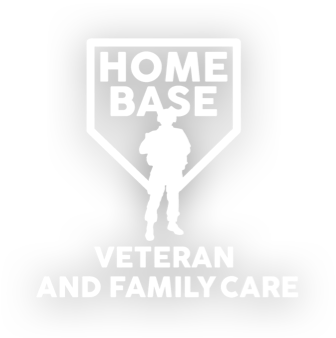Mental Health: Sleep & Light
Compared to our ancestors a few hundred years ago, we are a darkness deprived society. I’d like you to pause for a moment, take a look around, and count all the sources of light. You probably counted quite a few. If you’re outdoors, maybe you are noticing things like sunlight, street lamps, car lights, lights from advertisements. If you’re indoors, maybe you notice the overhead lights, lamps, your computer/cellphone/tablet, the lights from your Wi-Fi or cable box. Light sources are everywhere.
Now I’m not here to say that all light is bad, but it can play a major role in our ability to fall asleep and stay asleep. Before we had phones and computers – even before the invention of the lightbulb – people woke and slept in sync with daylight and darkness. As we learned in a previous blog post, our circadian rhythm is one of the central ways our bodies control our sleep and wake cycle. The circadian rhythm, in part, follows along with nature’s pattern of day and night.
So why does this matter & how is it impacting your sleep?
- Sunlight is detected by the cells in the retina of our eyes which sends messages to our brain. This kicks off a slew of physiological and behavioral reactions
- In the evening, as light in our environment naturally dwindles, melatonin is released and our temperature falls, both of which cause us to be less alert and enter sleep more easily
- Similarly, in the morning, as sunlight is detected (even when our eyes are closed) our body temperature increases while our melatonin levels stay low
- Artificial lighting (all of those examples I mentioned earlier in the post and especially blue light) can confuse our brains causing a delay in sleep signals
- Even dim light can interfere with the body’s circadian rhythm and melatonin secretion. A mere eight lux (unit of light measurement), a level of brightness exceeded by most table lamps and twice that of a night light, has a negative effect
- Blue wavelengths (light) are helpful during the day, helping to boost attention, mood, and reaction times, but continued use past sundown can cause disruption to our sleep
- In one research study by Harvard scientists, blue light suppressed melatonin, the chemical needed to initiate sleep, twice as long when compared to green light (3hrs vs. 1.5hrs)
Shutting off all your gadgets and lights while sitting in darkness at sundown is probably unlikely or even unrealistic for most. But here are a few easy and low-cost options for you:
- Use dim, red light for night lights. Red light has the lowest tendency to shift circadian rhythms.
- Invest in a pair of blue light filtering glasses (plenty of options and varying prices online) and/or consider installing an app on your phone/tablet to filter out blue and green wavelengths. Most smartphones come with a blue filter that you can set to come on as bedtime approaches.
- Expose yourself to a lot of bright light during the day, if possible, to gain the benefits of increased attention, mood, etc. and boost your ability to sleep at night.
- Consider shutting off 50% of your lights in your home 2-3 hours before bed.
- Think about purchasing thicker shades/curtains to block out light to make your bedroom darker when you are falling asleep. You can also purchase light dimming stickers to place on any LED lights on electronics or home appliances.
- And lastly, do what works for you!
Some of these tips may be helpful, some may not work as well for you. Experiment and determine what works best for YOU. No two people have the same circadian rhythm, sleep habits, or sleep patterns. Customize to what will work best for you and your family. And as always, if you need additional help, consider reaching out to us at Home Base or a local sleep specialist!
By Erica Lundgren, MSW, LCSW


 Home Base
Home Base